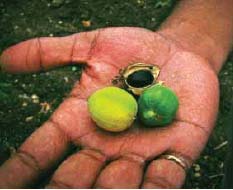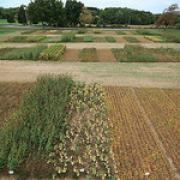Use these protocols to set up test plots of perennial grasses to demonstrate to producers the potential for growing bioenergy feedstocks.
Table of Contents
- Choose and set up a test plot site
- Establishment
- Managing weeds in a test plot
- Harvest after a killing frost
- Test Plant Quality
- How Well is the Stand Doing?
- Conclusion
- FAQ
- For Additional Information
- Contributors to this Article
Researchers, farmers, and industry representatives across the country are interested …


 A thorough bioenergy curriculum for all audiences, created by over 40 university specialists.
A thorough bioenergy curriculum for all audiences, created by over 40 university specialists.

